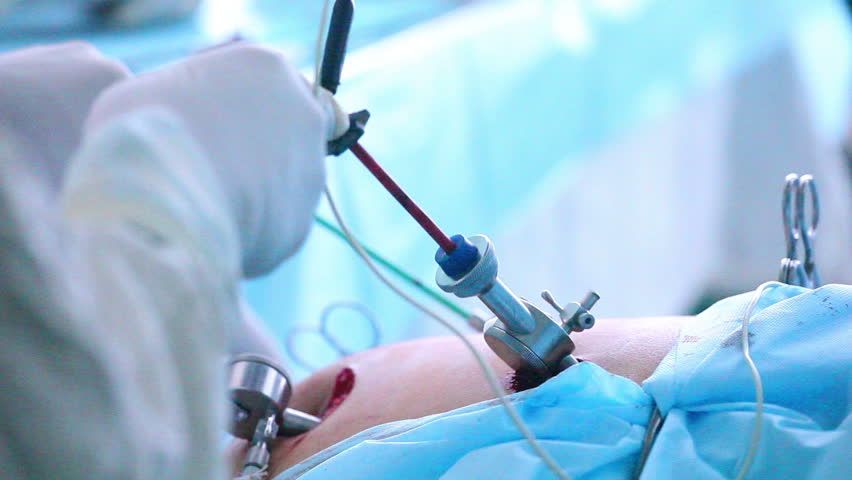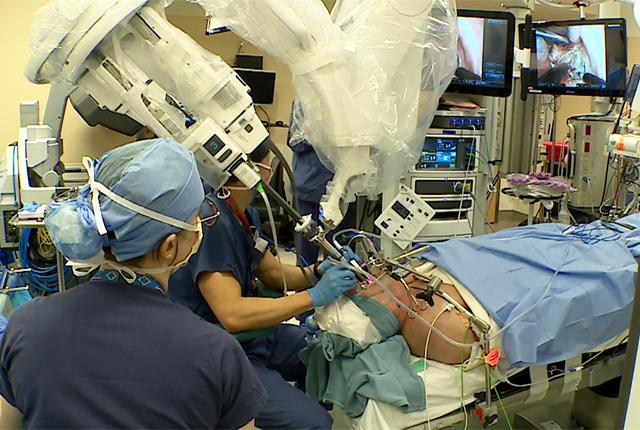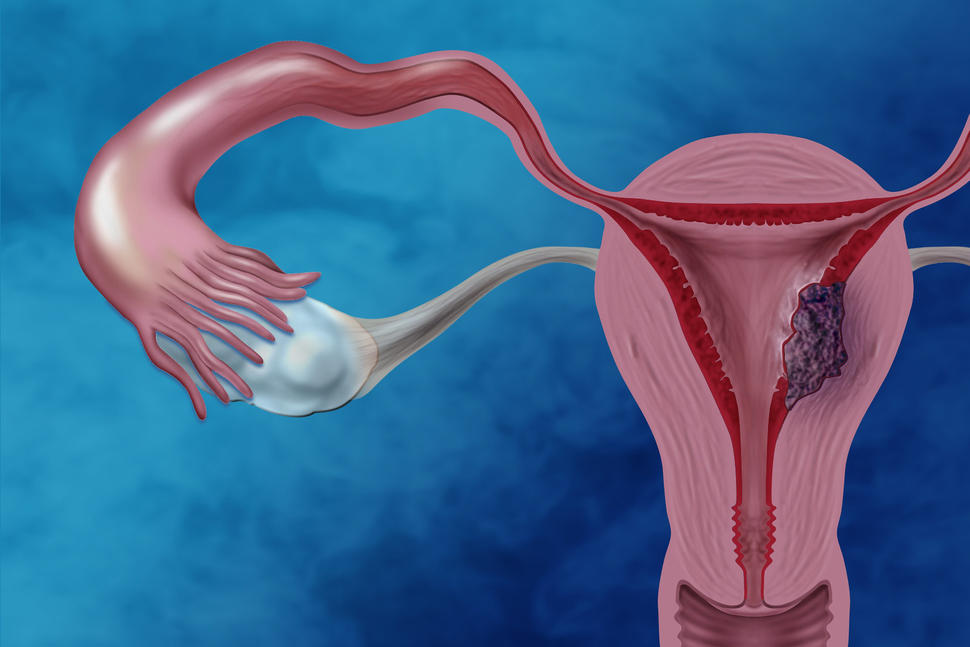Surgery
we are team of oncologist who are expertise in all kind of surgery, Radiation and Chemotherapy.

Minimal access surgery
Minimal access surgery is completed with one or more small incisions instead of a large incision. The surgeon passes a telescope with a video camera through a small incision (usually only 1/4" long) into a body cavity. The surgeon then views the surgery on a TV monitor. Surgical instruments are then passed through other similar little incisions. The surgeon examines and operates on the area in question by viewing magnified images on a television. When the telescope is used to operate on the abdomen, the procedure is called laparoscopy. When used in the chest, the procedure is called thoracoscopy, and when used in a joint, it is called arthroscopy.
Endoscopy
Endoscopy is a minimally invasive diagnostic tool, used to view the inside of organs, inspect for abnormalities and take biopsies. A small camera and light source are mounted onto a flexible tube which can be inserted into the mouth (to inspect the esophagus, stomach and duodenum) or the anus (to inspect the large bowel).
Laparoscopic
Laparoscopic surgery is performed through small incisions. A telescope with a video camera inserted through one incision provides visualization of the operation on a TV monitor. Surgical instruments are then passed through additional small incisions, and the entire operation takes place completely within the patient's body.
Head and Neck surgery
Cancers that are known collectively as head and neck cancers usually begin in the squamous cells that line the mucosal surfaces of the head and neck (for example, those inside the mouth, throat, and voice box). These cancers are referred to as squamous cell carcinomas of the head and neck. Head and neck cancers can also begin in the salivary glands, sinuses, or muscles or nerves in the head and neck,
Cancers of the head and neck can form in the:
Oral cavity: Includes the lips, the front two-thirds of the tongue, the gums, the lining inside the cheeks and lips, the floor (bottom) of the mouth under the tongue, the hard palate (bony top of the mouth), and the small area of the gum behind the wisdom teeth.

Throat (pharynx): The pharynx is a hollow tube about 5 inches long that starts behind the nose and leads to the esophagus.
Voice box (larynx): The voice box is a short passageway formed by cartilage just below the pharynx in the neck. The voice box contains the vocal cords.
Paranasal sinuses and nasal cavity: The paranasal sinuses are small hollow spaces in the bones of the head surrounding the nose. The nasal cavity is the hollow space inside the nose.
Salivary glands: The major salivary glands are in the floor of the mouth and near the jawbone.

Breast cancer surgery
Breast cancer surgery is a key component of breast cancer treatment that involves removing the cancer with an operation. Breast cancer surgery may be used alone or in combination with other treatments, such as chemotherapy, hormone therapy, targeted therapy and radiation therapy.
The goal of breast cancer surgery is to remove cancer cells from your breast. For those who choose breast reconstruction, a procedure to place breast implants or reconstruct a breast from your own tissue may be done at the same time or in a later operation.
Breast cancer surgery includes different procedures, such as:
Surgery to remove the entire breast (mastectomy)
Surgery to remove a portion of the breast tissue (lumpectomy)
Surgery to remove nearby lymph nodes
Surgery to reconstruct a breast after mastectomy
Gynecologic cancer surgery
Gynecologic oncology involves the diagnosis and treatment of cancers of the female reproductive system. treatments for women with gynecologic cancers and/or those who are at high-risk for developing gynecologic cancers, including:
Cervical cancer
Ovarian cancer
Uterine cancer
Vaginal cancer
Vulvar cancer
Gestational trophoblastic tumor
